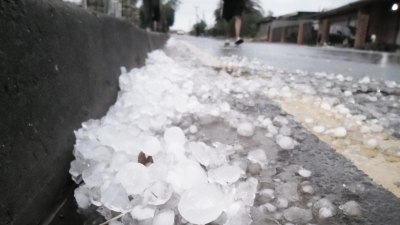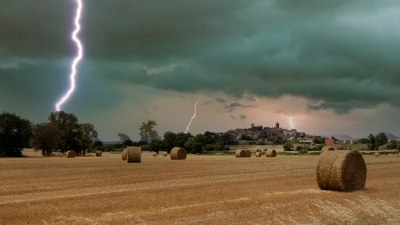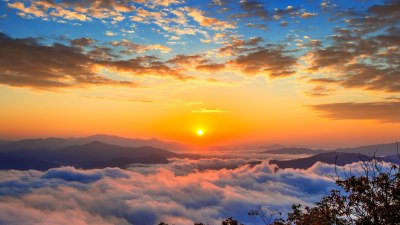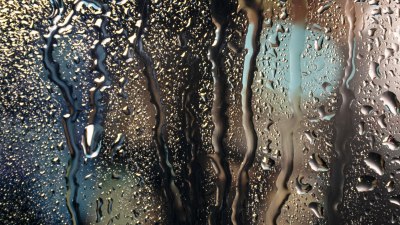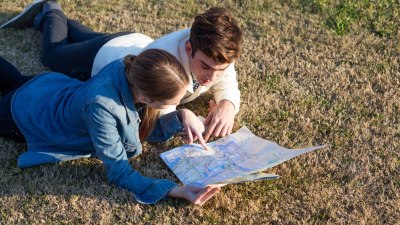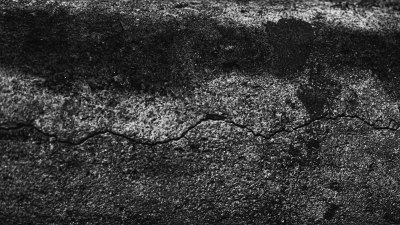Why It’s Impossible to Predict How Much Water You’ll Need While Sightseeing
Explore the unpredictable nature of hydration needs during sightseeing adventures. Stay hydrated!
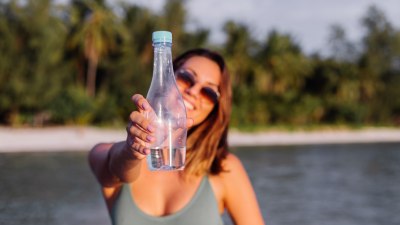
Image by kroshka-nastya on Freepik
When embarking on a journey to explore new sights and experiences, we often focus on logistics such as transportation, accommodation, and itinerary planning. However, one crucial aspect that is frequently overlooked is hydration. Water is essential for our health and well-being, yet the amount we need can vary dramatically based on numerous factors. This article delves into the complexities of estimating water needs while sightseeing and offers insights into why it's nearly impossible to predict precisely how much water one will require.
Understanding Hydration Basics
To grasp why predicting water needs is so challenging, it’s important first to understand the fundamentals of hydration. The human body is approximately 60% water, and this fluid is vital for numerous bodily functions including temperature regulation, nutrient transportation, and waste elimination. Generally, a common guideline is to drink at least eight 8-ounce glasses of water a day, totaling about 2 liters. However, this is merely a baseline recommendation and might not suit everyone, especially those engaged in physical activities like sightseeing.
Factors Influencing Water Needs
There are several variables that influence how much water a person may need throughout the day. Some of the most significant factors include:
- Weather Conditions: Hot and humid weather increases perspiration, leading to greater fluid loss. Conversely, cooler climates may reduce the likelihood of noticeable perspiration but don't eliminate the need for hydration.
- Activity Level: The intensity and duration of sightseeing activities can affect hydration needs. A leisurely stroll around a museum will require less water than an all-day hike through a national park.
- Personal Factors: Existing health conditions, body composition, and individual metabolic rates contribute to how much water one needs. Pregnant or breastfeeding women, for example, typically have higher fluid requirements.
- Dietary Influences: Foods such as fruits and vegetables contain water and contribute to hydration. Consuming salty or high-protein foods can increase the need for fluids.
Unpredictable Itineraries
The very nature of sightseeing can be unpredictable. You might plan to visit a specific landmark but could find yourself spending longer than expected at a particular location due to unforeseen circumstances, such as long queues, enticing exhibits, or engaging conversations with fellow travelers. Additionally, spontaneous detours can lead to extended periods of walking, which drastically change your hydration requirements. This fluid demand can also change from day to day based on the planned activities.
Physical Reactions and Hydration
Each person’s physiology reacts differently to activity and environmental conditions, which further complicates the ability to predict hydration needs accurately. The body’s thirst response is not always a reliable indicator of hydration status, especially when one is engaged in walking or other physical activities. In the heat, for example, individuals may not feel thirsty until they are already dehydrated.
Setting a Hydration Strategy
Given the unpredictability of water needs, it’s vital to approach hydration proactively. Consider developing a hydration strategy for your sightseeing adventures:
- Carry a Water Bottle: Bringing a reusable water bottle not only helps you stay hydrated throughout the day but also encourages regular sipping.
- Drink Before You Feel Thirsty: Aim to drink water consistently rather than waiting for thirst to strike. Set reminders if necessary.
- Monitor Your Urine Color: A simple way to check hydration is by observing urine color. Pale yellow indicates proper hydration, while dark yellow or amber suggests dehydration.
- Adjust Depending on Conditions: Be adaptable with your water intake based on the day’s temperature, activity level, and personal feelings of thirst.
Managing Group Needs
When sightseeing in groups, it becomes even more challenging to manage hydration needs. Each group member may require different amounts of water based on their physical characteristics, activity levels, and personal hydration habits. Coordinating breaks for drinking can ensure everyone remains hydrated, but this requires communication and consideration. Planning group activities with built-in water breaks can help manage this common issue.
Using Technology to Aid Hydration
Several smartphones apps and wearable technology can assist in tracking hydration levels. These tools can remind users to drink water, calculate necessary fluid intake, and even adjust intake recommendations based on real-time data like temperature and physical activity levels. While relying solely on technology may not address all variables, it can serve as an excellent companion in understanding personal hydration needs.
Common Misconceptions About Hydration
There are several myths surrounding hydration that can lead to confusion during sightseeing:
- Myth 1: You only need water when thirsty. Truth: Thirst isn’t always a reliable indicator of hydration status. It’s important to drink water regularly throughout the day.
- Myth 2: Caffeinated beverages can’t contribute to hydration.Truth: While caffeine acts as a mild diuretic, moderate consumption doesn’t negate its hydrating properties.
- Myth 3: Clear urine means being perfectly hydrated. Truth: While pale yellow indicates good hydration, other factors can affect urine color.
Potential Consequences of Dehydration
Dehydration can lead to various health issues, especially when engaging in physical activities like sightseeing. Some symptoms include headaches, fatigue, dizziness, and impaired cognitive function. These symptoms can significantly hinder your sightseeing experience, detracting from the joy and discovery of exploring new places. In severe cases, dehydration can lead to heat exhaustion or heat stroke, both of which are medical emergencies.
Be Prepared for the Unexpected
While it’s impossible to predict precisely how much water you’ll need while sightseeing, understanding the factors that influence hydration can prepare you to stay healthy during your adventures. By listening to your body, adopting a proactive hydration strategy, and staying aware of environmental changes, you’ll be well on your way to enjoying your sightseeing experiences fully and safely. Remember, a well-hydrated traveler is a happy traveler, ready to explore and soak in the beauty around them.

